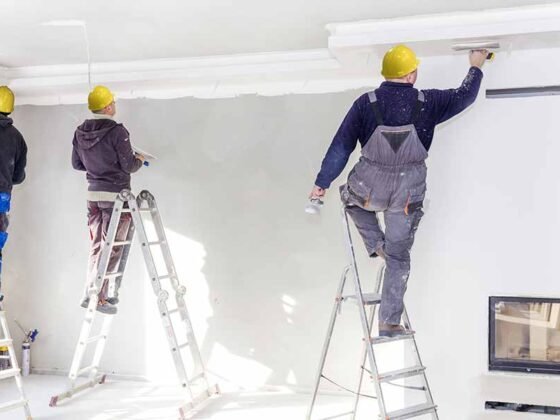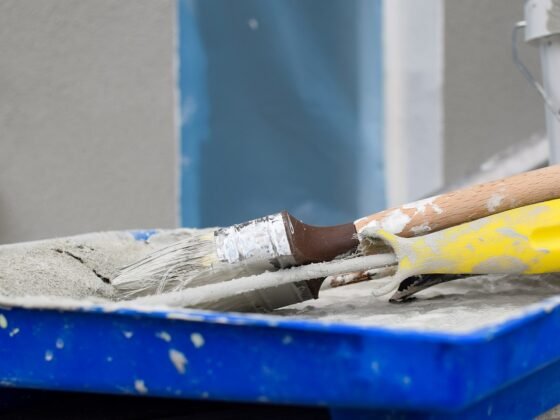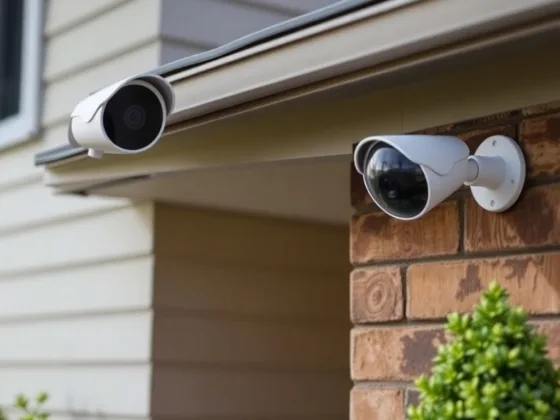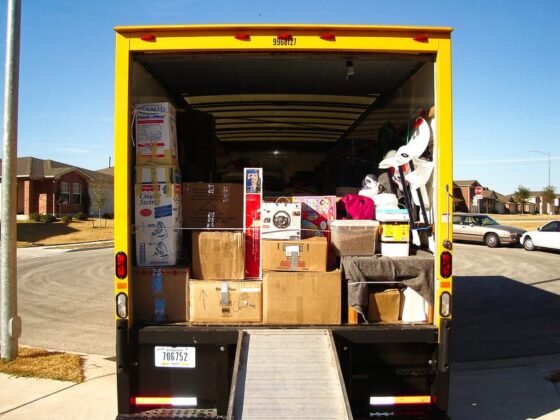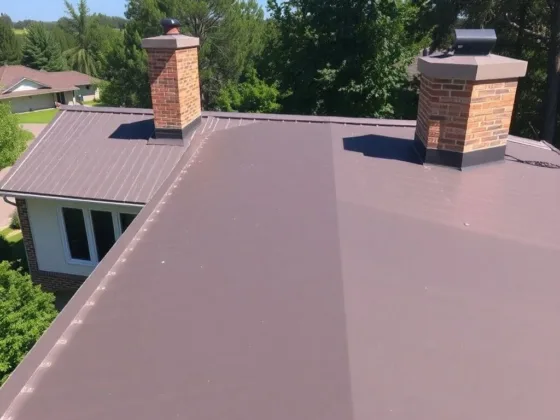Table of Contents Show
A flooded basement is never a fun thing to deal with, and it can happen faster than you think. Sometimes all it takes is a few days of steady rain to ruin your possessions and create mold in this part of your home. About one in 50 insured homes file a property claim for water damage each year, making it the most common type of home insurance claim after wind and hail damage.

Time is of the essence when a basement is flooded. You’ll need to work quickly and efficiently to halt the damage. Here are the steps to take if your basement collects water.
1. Cut the Power
Water and electricity don’t mix. The first thing you should do after finding water in your basement is to cut off the electrical power supply to your home. If you’re unsure how to do it, call an electrician who can help you.
Whatever you do, don’t enter or otherwise make contact with the water as it can carry electrical currents. You should also shut off your gas. Once these energy supplies have been turned off, you’ll be able to get to work safely cleaning up the mess with peace of mind.
Read Also:
- [Infographic] Quick Actions to Take When Basements Floods
- A DIY Guide for Installing Basement Wall Waterproofing Membrane
- 5 Ways to Protect Your Basement from Water Damage
- Why You Should Consider Developing Your Basement
- How to Waterproof Your Basement in Just 6 Steps
- 5 Benefits of Basement Waterproofing
2. Consider Hiring a Restoration Company
If the water in your basement is at least two feet deep, it may be best to call a property damage restoration company to let them dry out the area. Professional restoration companies have the proper equipment such as pumps, wet/dry vacuums, and fans that can remove water and moisture quickly from a home. They’ll also be able to provide advice on how to prevent a re-flooding in the future.
3. Take Pictures and Videos
If you’re filing a claim with your home insurance company, take photos and record videos of the flooding in case you need to submit them as proof of the damage. Your policy may also help reimburse you for damaged possessions, so take photos of these as well. Save any receipts for new carpeting and items that are replacing the old ones lost to the flooding.
4. Remove Water
If you’re going to do the job yourself, you’ll need to start removing water from the basement as quickly as possible. If the flooding was due to natural causes, wait until the rain has stopped before starting the clean-up process. If it was due to a burst water pipe, you’ll need to turn off the water and hire a plumber to repair the leak.
If you already have a sump pump in your home, it should have turned on automatically when it detected water which means your current one needs to be repaired or replaced. Buy a new one and put it to work pumping water out. They are usually placed in the lowest part of the basement and move water away from the house.
If the water isn’t deep, you may be able to suck it out using a wet/dry vacuum. These devices won’t completely remove all of the water, but they will at least eliminate standing pools of water so that you can mop up what remains.
When you’re ready to enter the wet area, it’s a good idea to wear protective gear such as waterproof boots and gloves. Waders may also be needed if the water is deep.
5. Remove All Wet Items
Remove all wet possessions and move them to your garage or outdoors in the sunlight if it’s warm enough outside to help them dry. You want to keep them away from your basement for at least 48 hours to make sure they’re completely dry so that you won’t be bringing bacteria and mold into your home.
If any carpeting got wet, you’ll need to rip it up and remove it from the room as well. Sometimes soaked carpeting can be salvaged, but it may be safer to just purchase a new one once the area is dry. Consult a carpet cleaning business for advice on whether your carpeting can be cleaned and reused.
If any drywall or installation became wet, remove them as well. These will need to be replaced by a home repairman or contractor.
Discard any cardboard boxes, which can take a long time to dry out and tend to harbor bacteria. Remove any items being stored in them and place them in new storage boxes.
Any electrical appliances that got wet should be left alone and allowed to dry on their own. Unplug any after the power supply is safely turned off.
6. Run Fans and Ventilate the Area
Once you’ve been able to remove as much water as possible from the basement and moved all wet items, you’ll want to evaporate all remaining moisture on all surfaces. Run fans and dehumidifiers—the more powerful, the better—and aim them at damp areas. Open any windows and doors and allow cross-ventilation to help dry out the area.
It can take several days for air to completely do its job, so be patient and keep checking the area.
7. Disinfect and Clean Surfaces
It may sound counterintuitive to clean your basement’s surfaces after flooding, but it will help stop mildew and bacterial growth. Dirt may also get deposited on the walls and floors from the rising water. After all affected surfaces have been cleaned, disinfect them using an anti-bacterial and anti-mildew spray.
8. Contact Your Insurance Company
Call your insurance company to notify them of the flooding and to file a claim. This is when the photos and videos you took earlier can come in handy. Depending upon your amount of damage, you may need to hire a contractor, a waterproofing company, or other professionals who can help prevent the situation from happening again.
Take These Steps If Your Basement is Flooded
Above all, try not to panic if your basement is flooded. Follow the above steps and contact professional help if needed to safely dry out the area.
Once your basement is liveable for you and your family again, perhaps it could use some sprucing up? Check out our Home Improvement section for some makeover tips!

